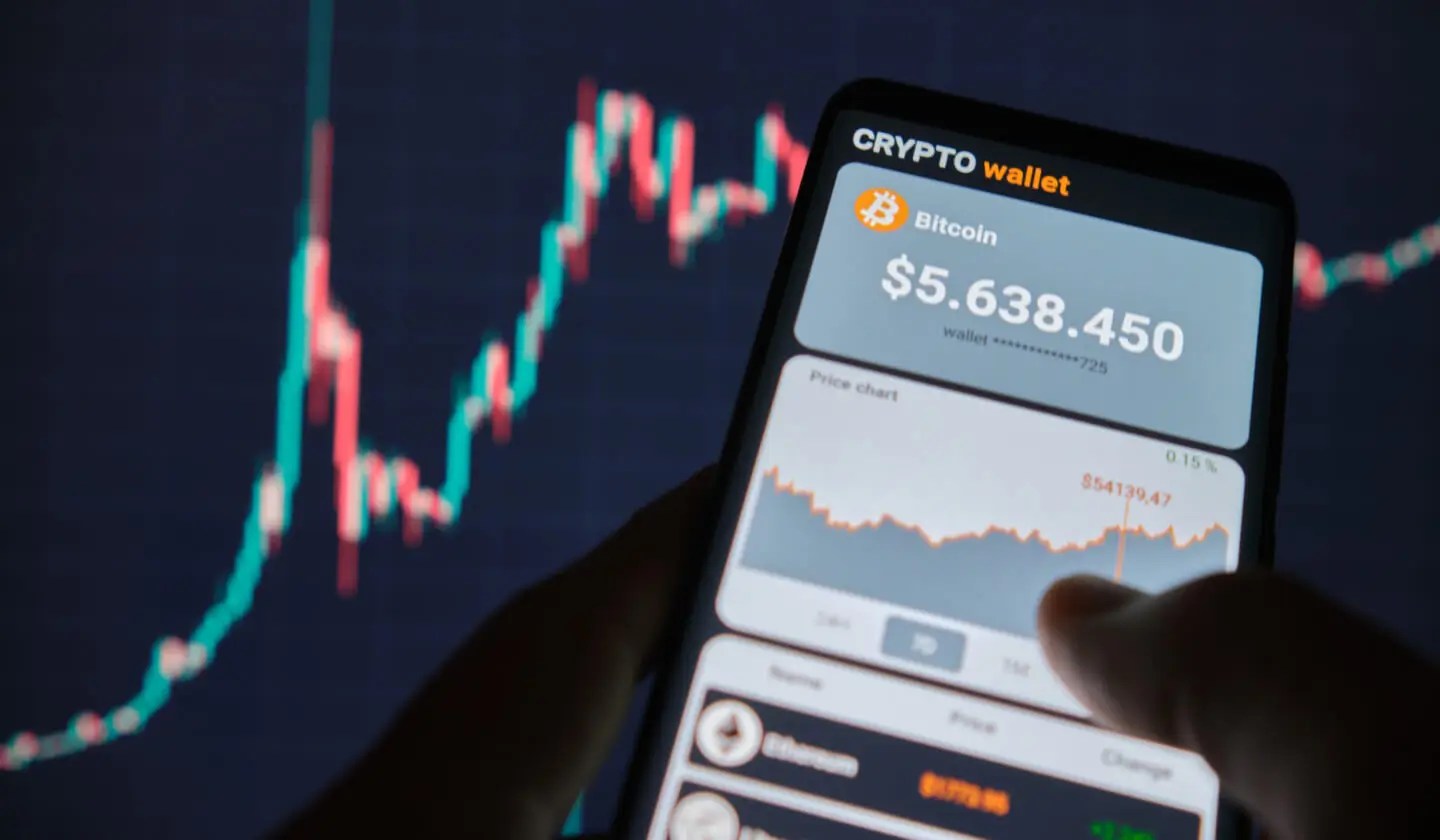Over the recent few decades, money launderers have been actively involved in evading identification checks. Recently, the cryptocurrency industry has become the central hub for money laundering practices due to its anonymous nature and untraceable transactional activities.
Due to these concerns, 29.8% of people between the age group 15 and 24 have reported cryptocurrency scams in 2022. Therefore, a streamlined screening is necessary to protect the customer’s crypto wallets from unauthorized access. Crypto wallet monitoring ensures real time transaction monitoring and uncovers all the fraudulent activities that are used by imposters for disguising their money laundering operations.
This blog encompasses a detailed analysis of various crypto wallet monitoring operations and their importance in regulating businesses.
Crypto Wallet Monitoring – Investigate Its Critical Components
Crypto wallets are the ultimate storage unit of all the customer’s private asset keys that are necessary for accessing the control of virtual currency. The protection of these wallets is extremely important for the asset holders as all critical crypto assets are stored in them. Therefore, businesses must emphasize the implementation of crypto wallet monitoring operations to ensure virtual asset protection.
Crypto wallet monitoring procedures stress the identification against the global sanction databases. In this process, all the underlying crypto wallet holders are required to pass the sanction screening checks to reduce the overall intensity of terrorist financing, corruption, and money laundering practices.
Due to the integration of crypto wallet screening checks, trust in cryptocurrency industry exchanges and brand reputation are stimulated as well. These checks allow businesses to effectively block risky transactions prior to the investment operations. Examiners can accurately determine the client’s source of funds, which reduces false positive scams. Furthermore, the crypto screening stresses that virtual asset service providers (VASPs) should assess the origin and source of all the virtual assets in real-time.
Best Crypto Wallet Monitoring Process – An Analysis of Working Mechanism
Crypto wallet monitoring is a strategic process that assesses all the assets and virtual funds stored under the identity of a particular entity. This process begins when the examiners assess the customer’s ID credentials during screening against sanction databases.
Afterwards, a specific entity type is entered, which allows the screening systems to screen the required data swiftly.
Once the required details are extracted, the money laundering reporting officers generate critical alerts in case of an illicit ID or non-regulated transactional activity recognition. All the necessary data is later compared with various databases, ensuring the identification of all the money laundering practices across global data sets.
Critical Insights of Crypto Wallet Monitoring Free Practices
An automated and compliant crypto wallet monitoring process supports ID assessment across all the tradable channels. By expanding the coverage of crypto assets, examiners are able to address the obscure transactional practices that are conducted to support money laundering practices. These multi-asset screening operations emphasize the various transactional operations across multiple blockchains.
The ultimate aim of crypto wallet monitoring is to stimulate the alert generation of all the major events that can influence financial activities. For these reasons, automated screening procedures ensure that the ambiguous transactional activities and the entities involved in the process are examined against the sanction lists, dark web, and PEP lists.
Influence of Wash Trading in Crypto Wallet Screening
Wash trading is a recurring concern that affects the credibility and effectiveness of crypto wallets. It is the process through which the imposters undergo multiple trading practices across the same channel to affect the asset’s liquidity. Through wash trading, the imposters manipulate the value, liquidity, and authenticity of virtual assets.
5 Trends From 2022 to Watch Out For in 2023
1.) $ETH Staking
2.) The Rise of L2 Rollups
3.) The Flight to Self Custody
4.) Wash Trading
5.) Investors Flee #DeFihttps://t.co/CMH5iWEG0b pic.twitter.com/1xKvFKdGAP— BitKE (@BitcoinKE) January 4, 2023
To overcome these illicit scenarios, AML crypto wallet monitoring plays a significant role as it promotes transparency and automated identification of all the unauthorized transactional practices that are undertaken through ambiguous channels and obscure accounts. Additionally, it prevents imposters from manipulating the process and value of different crypto assets to reduce the vulnerability of money laundering operations.
Role of Penetration Testing in Crypto Wallet Monitoring Procedures
Penetration testing is a screening approach that circulates around the identification of financial vulnerabilities across the blockchain networks. This approach helps the screening checks identify fraudulent vulnerabilities, which are often avoided during manual cryptocurrency blockchain management.
By undergoing frequent penetration testing checks, cryptocurrency industry experts can reduce the probability of data breaches and related security incidents in real-time. Due to the integration of these checks, the overall trust and legitimacy of the virtual asset transactions are significantly enhanced, leading to client satisfaction in the long run.
Crypto wallet monitoring plays a crucial role in mitigating recurring and common transactional concerns. These checks ensure that all the illicit identities and wallet holders are recognized during the onboarding operations.
By doing so, all the ambiguous and obscure trading practices are uncovered prior to the extensive transactional and investment operations. Therefore, the integration of effective penetration screening checks is necessary to rebuild virtual security while mitigating the intensity of illegal operations.
Follow us on X for the latest posts and updates
__________________________________________
Guest Post








